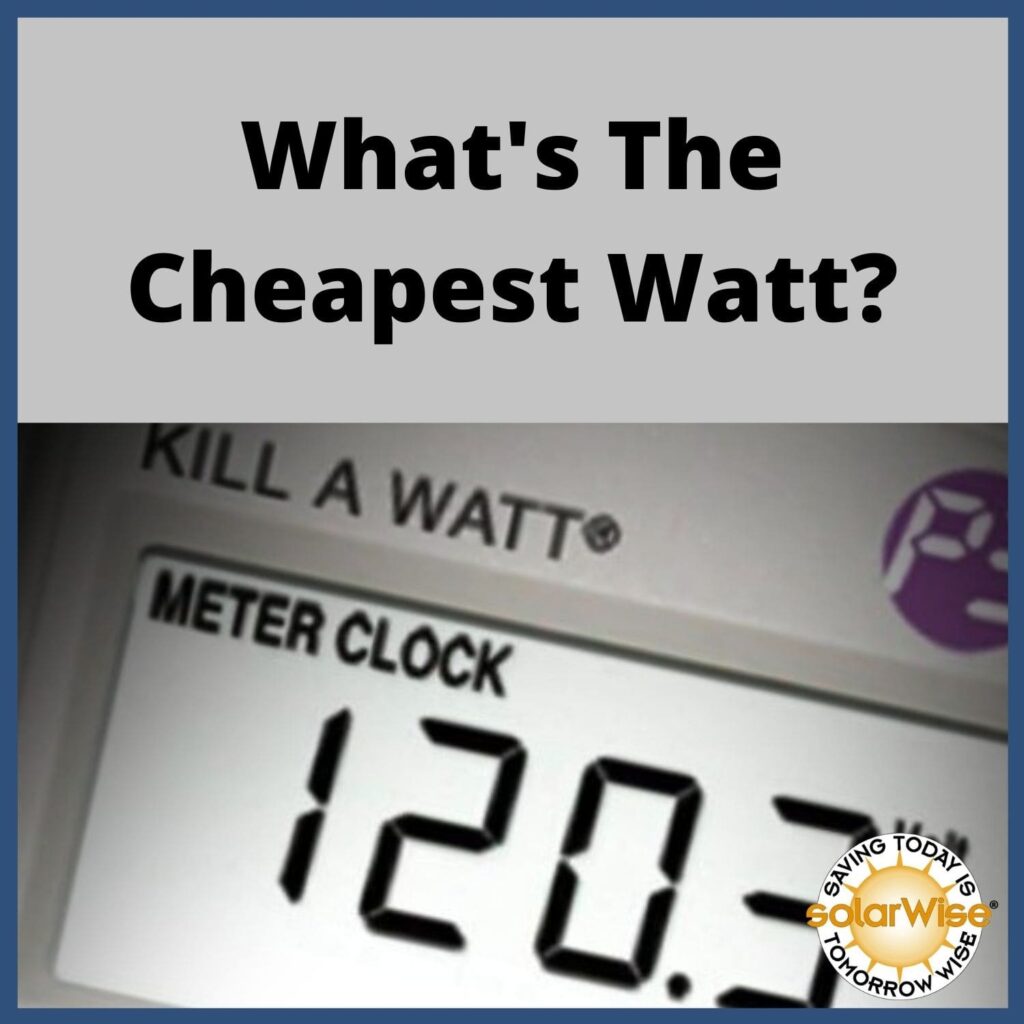
Students survey an electrical appliance at home in What’s The Cheapest Watt? Pooling class data, they then consider energy management decisions. In the end, they determine the cheapest Watt—the one that costs the least, preserves the most natural resources, and saves the most environmental pollution — is the Watt they never use.
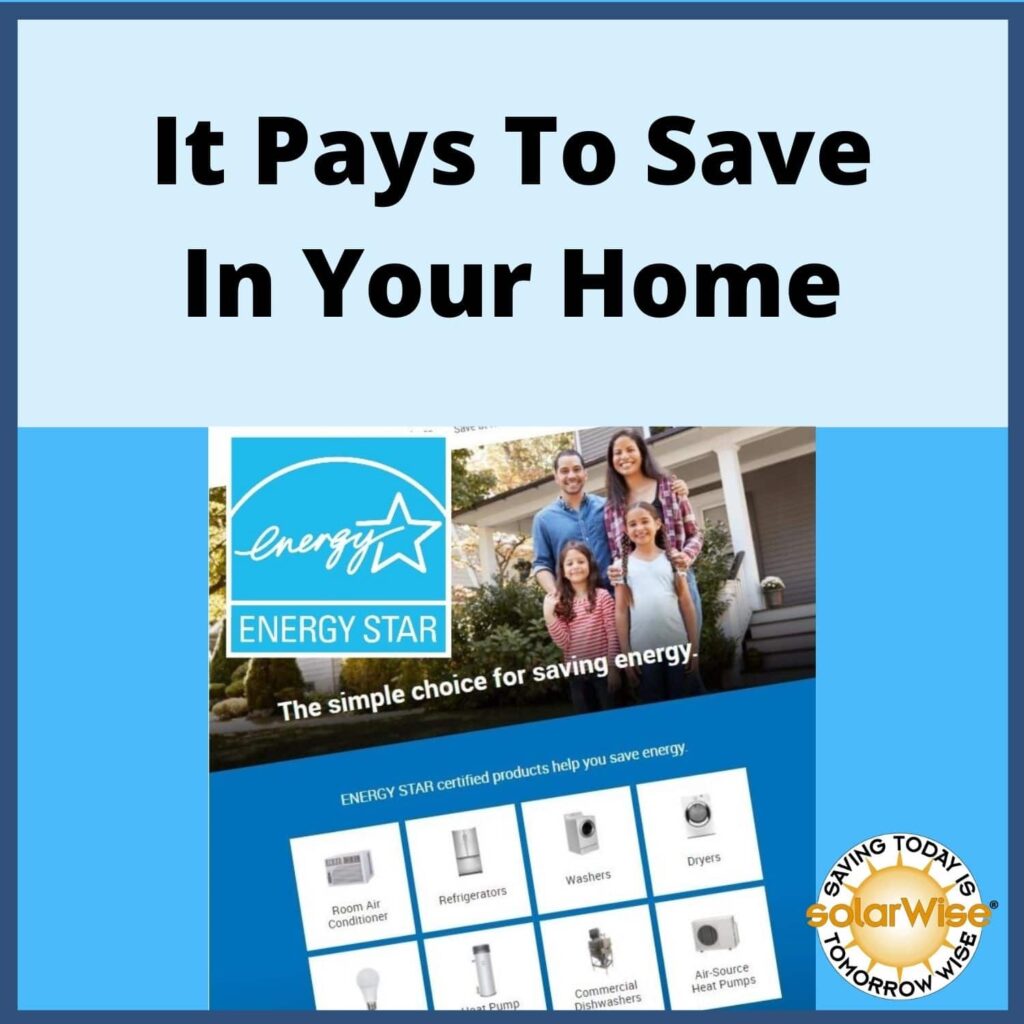
In this lesson, students learn that It Pays to Save in Your Home. Students consider many common, potential energy saving situations in a home, research questions surrounding them, and report on their findings. Students learn which energy saving measures should always be applied first. They also learn that saving energy always comes before applying renewable energy technologies.
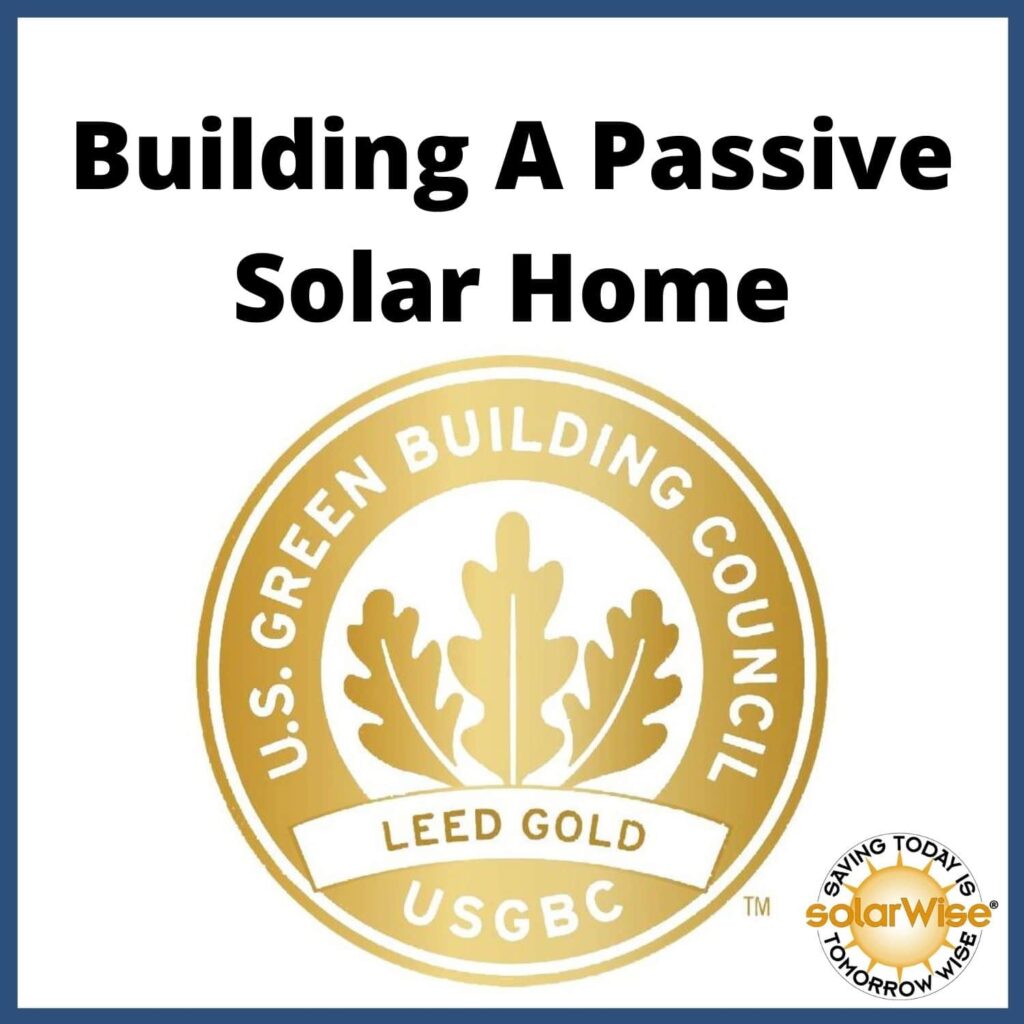
In Building A Passive Solar Home, students design and build a home to take advantage of its natural surroundings and manage its environmental disadvantages. They learn about the concept of a home energy load profile. Students learn how seasonal changes, architecture, and landscaping can be used in the design of a home with a low energy load profile.

Take your students on a field trip through places in your school they never see. Show students how energy systems are used to deliver and efficiently manage comfort in a building like yours in Commercial Building Energy Systems.
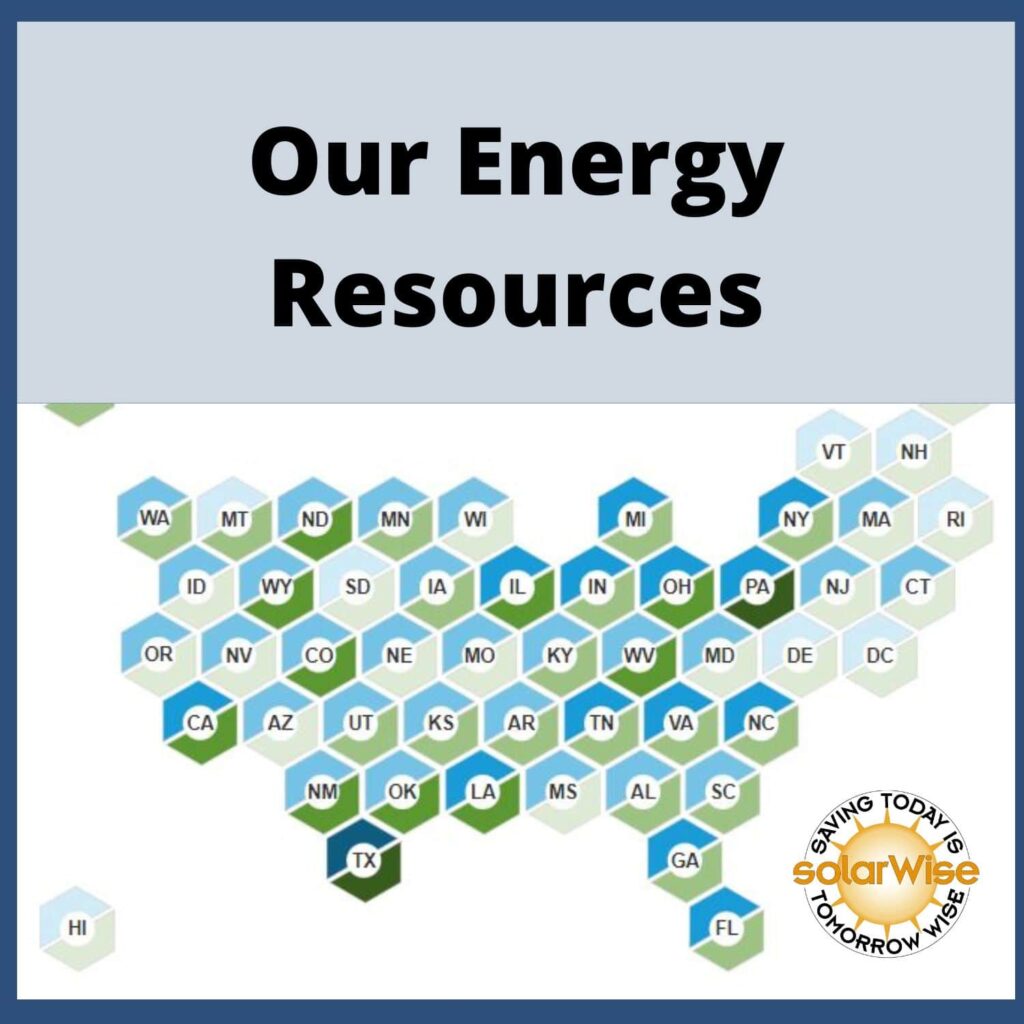
Students research and report on the interesting and diverse energy resources used in their state and our country in Our Energy Resources. Excellent student research resources are provided.
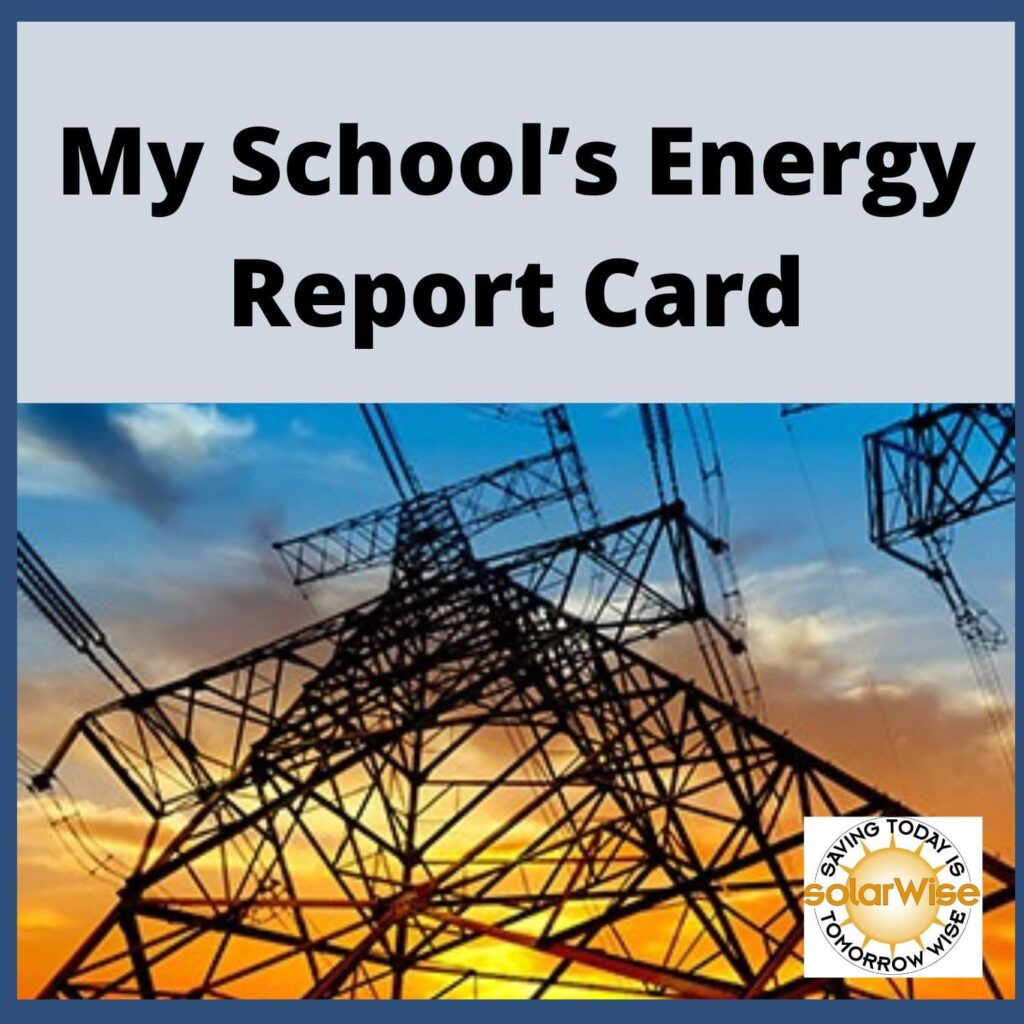
Students learn about energy conservation, green building practices, and demand rate billing while conducting an energy tour of their school building. My School’s Energy Report Card also teaches them they are energy managers no matter what building they’re in.
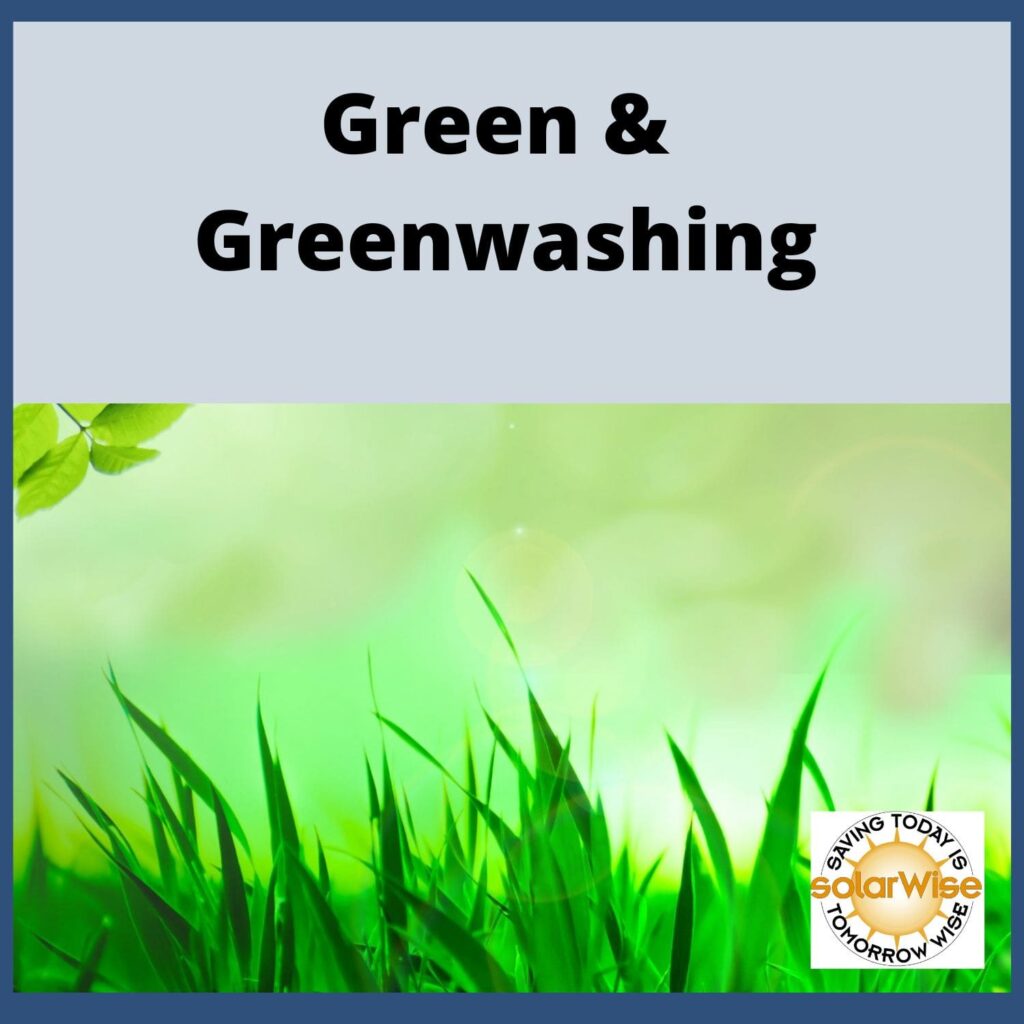
Is it green, or is it greenwashed? Green and Greenwashing requires students photograph and describe examples of “green” and “greenwashed” products commonly marketed to them.
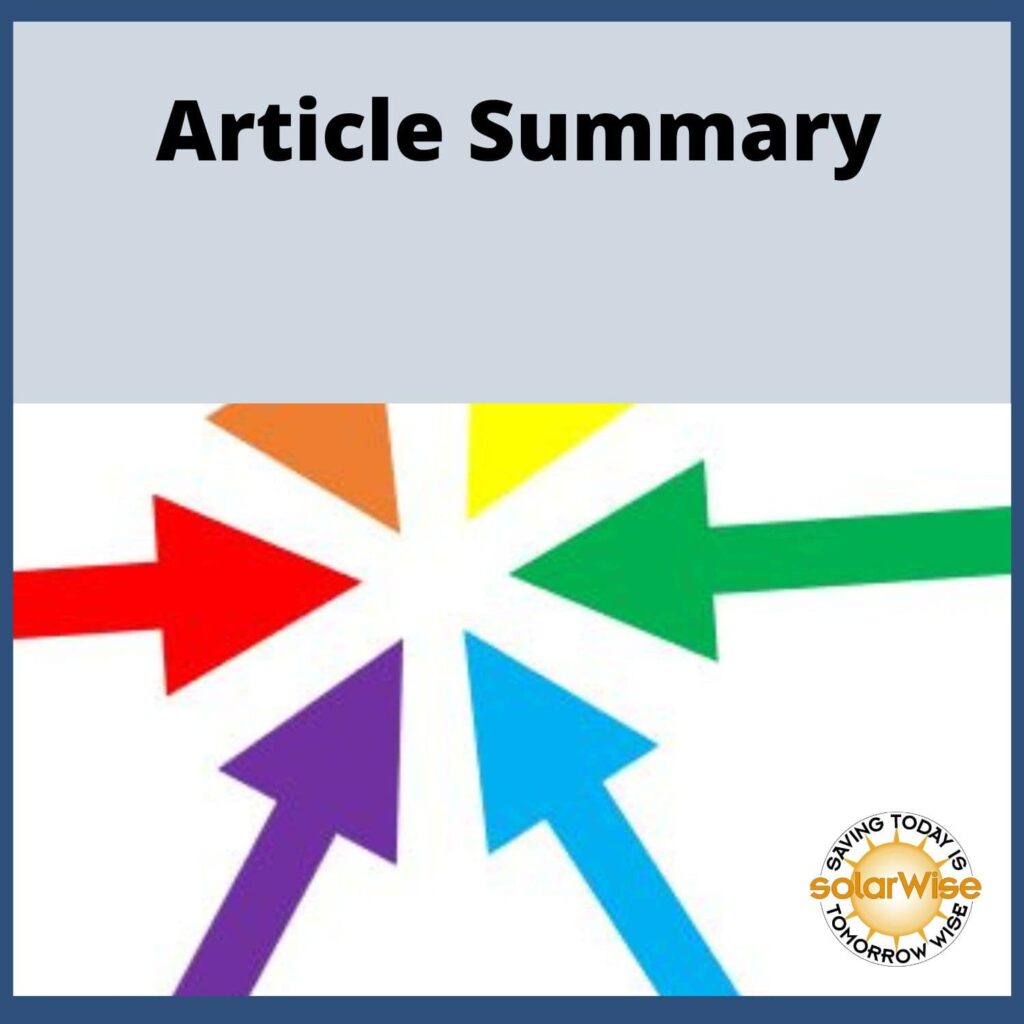
The Article Summary is an excellent tool for guiding structured student research and reporting on any selected energy or renewable energy topic.
To view teaching materials for additional Renewable Energy topics, select a category below.
CREATE Teaching Materials are made freely available under a Creative Commons Attribution, Non-Commercial, Share Alike license (CC BY-NC-SA). Please view the Creative Commons License if you intend to copy and redistribute this material in any medium or format, or adapt, remix, transform, or build upon this material. For a summary of the Creative Commons License, please view our full terms and disclaimers.
CREATE expresses its gratitude to the Wisconsin Public Service SolarWise for Schools Program for sharing these Renewable Energy lesson plans with us.
To access additional Renewable Energy Education Resources, visit our Resources page.
Recent News
Copyright @ 2024 Center for Renewable Energy Advanced Technological Education
This material is based upon work supported by the National Science Foundation under Grant #2201631. Any opinions, findings, and conclusions or recommendations expressed in this material are those of the author(s) and do not necessarily reflect the views of the National ScienceFoundation.